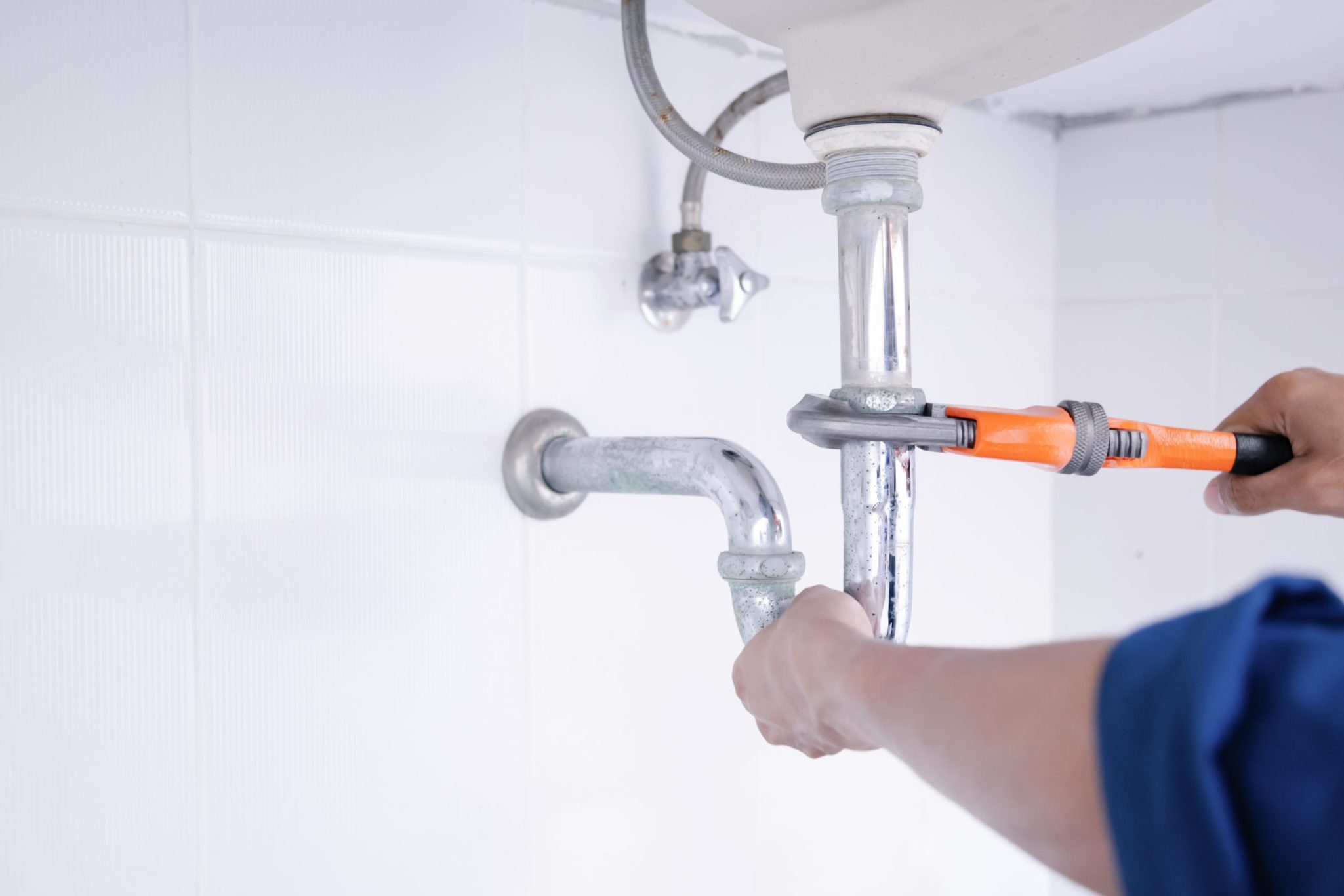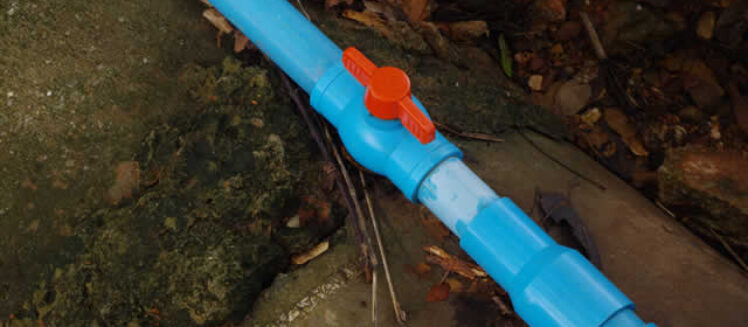We've unearthed this article about How Does the Plumbing Work in Your Home? down the page on the internet and decided it made good sense to discuss it with you over here.

Plumbing is a vital aspect of any type of home, responsible for supplying tidy water for drinking, cooking, and showering, as well as eliminating wastewater securely. Understanding the essentials of home plumbing is important for each homeowner to guarantee correct upkeep, troubleshooting, and, if required, repair services. In this newbie's guide, we'll cover the essential principles of home plumbing to help you end up being a lot more knowledgeable about exactly how it functions.
Water Furnace
The water heating system is accountable for home heating water for domestic use, including bathing, cooking, and cleansing. Typical sorts of hot water heater consist of tank-type water heaters, tankless (on-demand) water heaters, and heat pump water heaters. The water heater is linked to the water system system and supplies warm water to plumbing components as required.
Drainage System
The drainage system removes wastewater from your home and brings it away to a sewage treatment facility or septic system. It consists of a network of pipes, fittings, and fixtures that deliver wastewater from plumbing components to the primary drain line or sewage-disposal tank. Appropriate drain is necessary to protect against obstructions, backups, and sewage leaks.
Air flow System
The air flow system assists preserve appropriate air pressure and prevent sewage system gases from entering your home. Vent pipelines, additionally referred to as vent stacks, expand from plumbing components to the roofing, enabling sewer gases to get away safely outside. Air flow pipelines also allow air to get in the drain system, helping with smooth wastewater flow and preventing suction or vacuum cleaner results.
Supply Of Water System
The supply of water system brings tidy water right into your home from a community water resource or a personal well. It consists of a major water line that attaches to your home's plumbing system, normally located underground. A water meter gauges the amount of water eaten, while a shut-off valve permits you to manage the flow of water right into your home.
Plumbing Components
Plumbing components are tools that supply water to numerous parts of your home and consist of sinks, faucets, commodes, showers, bath tubs, and home appliances such as dishwashing machines and washing devices. Each component is linked to the water supply system by means of pipes and installations and might have its shut-off valve for upkeep or emergencies.
Usual Plumbing Tools
Having the right devices on hand is necessary for carrying out standard plumbing repairs and upkeep jobs. Common plumbing tools consist of flexible wrenches, pipe wrenches, pliers, pipeline cutters, hacksaws, bettors, augers (or drain snakes), and Teflon tape. Having these devices conveniently offered can help you deal with small plumbing issues effectively.
Standard Plumbing Repairs
While some plumbing repair work might call for professional support, lots of usual issues can be addressed with fundamental do it yourself strategies. Learning how to take care of a leaky faucet, unblock a drainpipe, change a commode flapper, or fix a dripping showerhead can save you time and money on plumbing repair work.
Final thought
Comprehending the essentials of home plumbing is crucial for every homeowner to maintain a safe, practical, and effective plumbing system. By familiarizing yourself with the supply of water system, plumbing fixtures, drainage system, ventilation system, common plumbing tools, and basic repairs, you can with confidence resolve small plumbing concerns and ensure your home's plumbing system operates smoothly.
Plumbing for Beginners: A Comprehensive Guide
If you’re a beginner when it comes to plumbing, don’t worry; you’re not alone. Plumbing may seem intimidating, but with the right knowledge and a little practice, you can handle many common plumbing issues on your own. In this comprehensive guide, we will demystify the world of plumbing for beginners, providing you with the basic knowledge and skills needed to tackle common plumbing problems and even take on some DIY plumbing projects.
The Importance of Basic Plumbing Knowledge for Beginners:
First and foremost, basic plumbing knowledge gives you a solid foundation. It helps you grasp the key concepts and terminology that are essential in this field. By learning the basics, you’ll be able to build upon that knowledge and tackle more complex plumbing tasks in the future.
Having a basic understanding of plumbing also enables you to handle common issues that may arise in your home. Picture this: a leaky faucet or a clogged drain. With some basic plumbing knowledge, you’ll have the confidence to troubleshoot and fix these problems on your own. It saves you from unnecessary expenses and the hassle of waiting for a professional to arrive.
As a beginner, learning the basics of plumbing empowers you to take care of your own home. It gives you a sense of independence and self-reliance. You’ll no longer have to rely solely on professionals for every small issue that pops up. Instead, you can handle many tasks yourself, saving time and money in the process.
Remember, everyone starts as a beginner. Embrace the learning process and take small steps to expand your plumbing knowledge. There are plenty of online resources, tutorials, and even local workshops that talk about plumbing for beginners.
Essential Tools for Plumbing for Beginners
As you start your plumbing journey, having the right tools in your toolbox is crucial. Let’s explore some of the must-have tools:
Adjustable Wrench:
This versatile tool is a staple in any plumber’s toolbox. It allows you to tighten or loosen nuts and bolts of various sizes. Make sure to have an adjustable wrench with a comfortable grip.
Pipe Wrench:
A pipe wrench is specifically designed for gripping and turning pipes. It has serrated jaws that provide a strong grip, making it easier to loosen or tighten threaded pipes and fittings.
Plunger:
The plunger is a simple yet effective tool for clearing clogged drains and toilets. It creates suction when you push and pull, helping to dislodge blockages. Keep a good-quality plunger handy for those unexpected clogs.
Pipe Cutter:
When it comes to cutting pipes, a pipe cutter is your go-to tool. It creates clean, precise cuts without damaging the pipe. Look for a pipe cutter that can handle the pipe sizes you’re working with.
Hacksaw:
A hacksaw is useful for cutting through pipes, screws, and other materials. It’s a versatile tool that can handle different cutting tasks. Remember to use a blade suitable for cutting metal.
Tape Measure:
Accurate measurements are crucial in plumbing. A tape measure allows you to measure pipe lengths, distances, and dimensions accurately. Opt for a sturdy tape measure that extends a good length.
Pliers:
Pliers come in handy for various tasks, such as gripping, bending, and cutting. Slip-joint pliers with adjustable jaws are great for gripping pipes, nuts, and bolts.

We had been made aware of that article about through an associate on our other website. Are you aware of anybody else who is enthusiastic about the subject? Take a moment to promote it. Many thanks for being here. Don't hesitate to check our blog back soon.
Give Me A Quote!